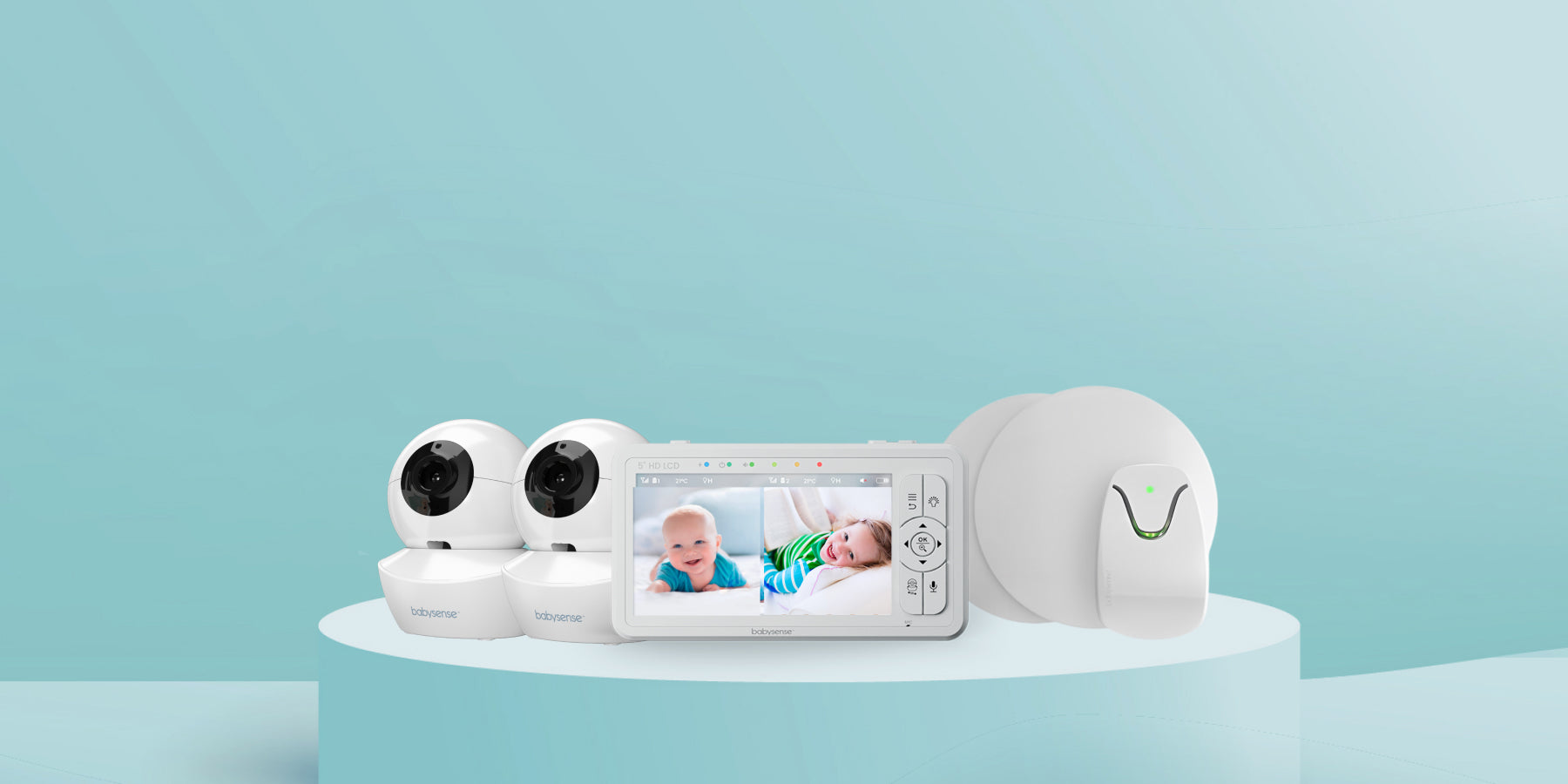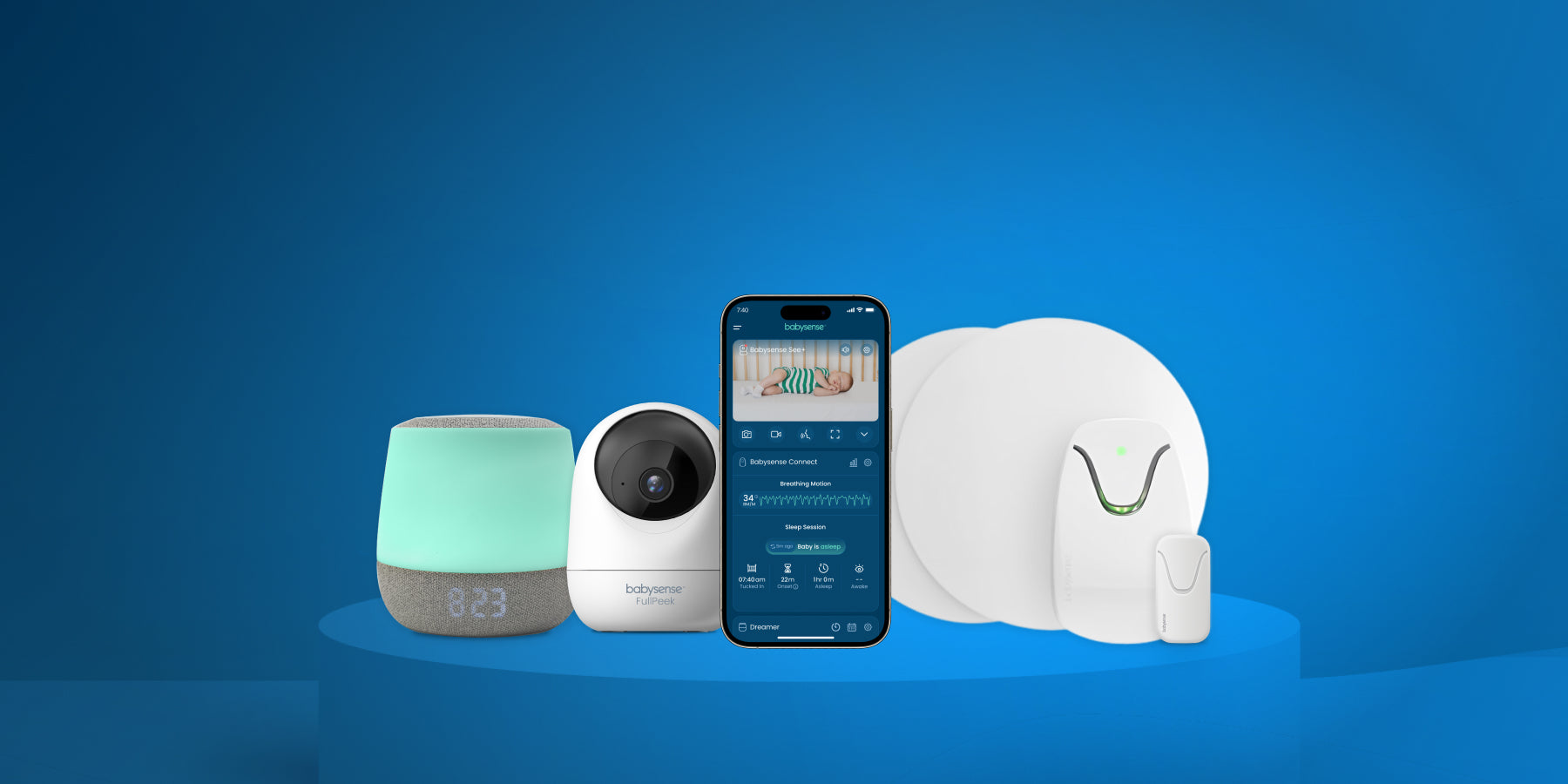When your baby is crying or fussy, finding effective ways to cheer them up becomes every parent's top priority. Understanding why babies get upset and knowing proven techniques to comfort them can transform challenging moments into bonding opportunities.
Why Do Babies Get Upset?
Babies communicate through crying because it's their primary way to express needs. Common reasons include hunger, tiredness, discomfort from wet diapers, overstimulation, or simply needing comfort and attention. Recognizing these signals helps you respond more effectively.
12 Immediate Ways to Cheer Up Your Baby
1. The 5 S's Technique
Pediatrician Dr. Harvey Karp's method remains highly effective in 2025. This involves swaddling, side/stomach position (while awake), shushing, swinging, and sucking. These techniques mimic the womb environment and activate your baby's calming reflex.
2. Gentle Movement and Rocking
Rhythmic motion soothes most babies instantly. Try walking while holding your baby, using a rocking chair, or gentle bouncing on an exercise ball. The key is consistent, gentle movement that mimics being carried.
3. Skin-to-Skin Contact
Direct skin contact releases oxytocin in both parent and baby, creating immediate comfort. Hold your baby against your bare chest for 15-20 minutes. This technique works particularly well for newborns and helps regulate their body temperature and heart rate.
4. White Noise and Calming Sounds
Consistent background noise can work miracles. Try running water, vacuum cleaners, hair dryers, or dedicated white noise machines. Nature sounds like rain or ocean waves also prove effective for many babies.
5. Strategic Feeding and Burping
Even if recently fed, some babies find comfort in sucking. Offer a pacifier, clean finger, or breast for comfort nursing. Always burp thoroughly after feeding, as trapped gas frequently causes discomfort.
6. Environmental Changes
Sometimes a simple change of scenery helps. Move to a different room, step outside for fresh air, or adjust lighting. Overstimulated babies often calm down in quieter, dimmer environments.
7. The Baby Massage Technique
Gentle massage can release tension and provide comfort. Use soft, circular motions on your baby's back, arms, and legs. Warm your hands first and maintain gentle pressure throughout the massage.
8. Temperature Adjustments
Check if your baby is too hot or cold. Remove or add layers as needed. Many babies become fussy when overheated, so start by removing one layer of clothing.
9. Interactive Distraction
For alert babies, try singing, making funny faces, or showing colorful objects. Peek-a-boo games work well for babies over 4 months old. Sometimes simple distraction breaks the crying cycle.
10. The Hold and Sway Method
Hold your baby in different positions to find what works best. Some prefer being held upright against your shoulder, while others like being cradled horizontally. Add gentle swaying motions for enhanced comfort.
11. Check for Hidden Discomforts
Examine your baby for hair wrapped around fingers or toes, uncomfortable clothing tags, or diaper issues. Sometimes the solution is removing a simple physical irritant.
12. Taking Breaks When Needed
If nothing works after 15-20 minutes, it's okay to put your baby in a safe place (like their crib) and take a 5-minute break. This prevents caregiver burnout and allows you to return with renewed patience.
Age-Specific Cheering Strategies
Newborns (0-3 months): Focus on the 5 S's technique, frequent feeding, and close physical contact. Newborns need more sleep and can become overstimulated easily.
Infants (3-6 months): Interactive play becomes more effective. Try toys with different textures, gentle music, or simple games like peek-a-boo.
Older babies (6+ months): Distraction techniques work well. Use favorite toys, books with bright pictures, or take them to see interesting things around the house.
When to Seek Help
Contact your pediatrician if crying is excessive (more than 3 hours daily), accompanied by fever, changes in eating or sleeping patterns, or if you notice any concerning symptoms. Persistent crying might indicate colic, reflux, or other medical issues requiring professional attention.
Creating a Calm Environment
Prevention often works better than reaction. Maintain consistent routines, watch for early hunger and tiredness cues, and create a peaceful home environment. Babies pick up on parental stress, so staying calm yourself helps keep your baby calmer too.
Expert Tips for Success
Healthcare professionals recommend keeping a crying log to identify patterns in your baby's fussy periods. Many babies have predictable fussy times, often in the early evening. Preparing for these periods with comfort strategies ready can make a significant difference.
Remember that every baby is unique, and what works for one might not work for another. Try different combinations of these techniques to find what works best for your specific baby. Patience and persistence are key – most babies can be comforted with the right approach and enough time.
The most important thing to remember is that crying is normal baby behavior, and you're not failing as a parent when your baby is upset. These techniques provide you with a toolkit of proven strategies to help both you and your baby through challenging moments.





